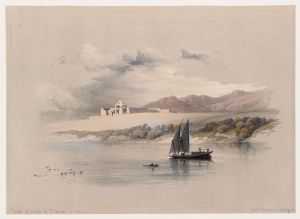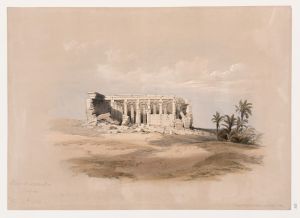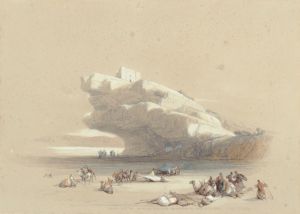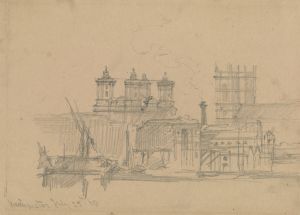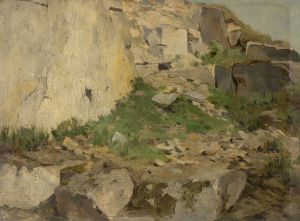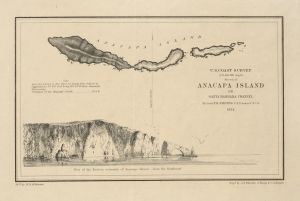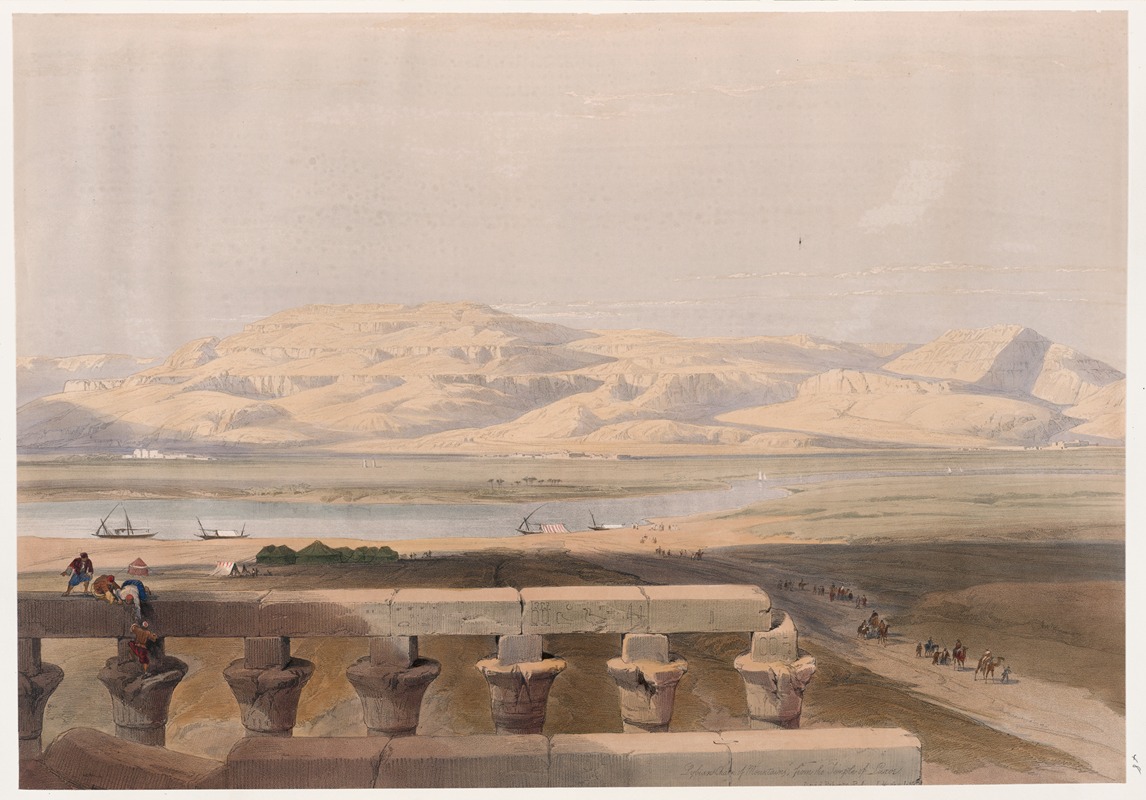
Libyan chain of mountains, from the Temple of Luxor.
A hand-painted replica of David Roberts’s masterpiece Libyan chain of mountains, from the Temple of Luxor., meticulously crafted by professional artists to capture the true essence of the original. Each piece is created with museum-quality canvas and rare mineral pigments, carefully painted by experienced artists with delicate brushstrokes and rich, layered colors to perfectly recreate the texture of the original artwork. Unlike machine-printed reproductions, this hand-painted version brings the painting to life, infused with the artist’s emotions and skill in every stroke. Whether for personal collection or home decoration, it instantly elevates the artistic atmosphere of any space.
"Libyan chain of mountains, from the Temple of Luxor" is a painting by the Scottish artist David Roberts, created in 1838. Roberts was a prominent 19th-century painter known for his detailed and romanticized depictions of architectural and historical sites, particularly in the Middle East and North Africa. This artwork is part of his extensive collection of works produced during his travels in Egypt and the Holy Land between 1838 and 1839.
The painting depicts the Libyan mountain range as seen from the Temple of Luxor, an ancient Egyptian temple complex located on the east bank of the Nile River in the city of Luxor (ancient Thebes). The Libyan mountains, part of the Western Desert, form a dramatic backdrop to the scene. These mountains are significant in Egyptian history and mythology, as they were associated with the afterlife and the necropolises located on the west bank of the Nile, including the Valley of the Kings and the Valley of the Queens.
Roberts' work is characterized by its attention to detail and its ability to capture the grandeur of the landscapes and monuments he encountered. He often worked from sketches and studies he made on-site, which he later developed into finished paintings and lithographs. His works were widely admired in Europe and contributed to the growing fascination with Egyptology during the 19th century.
This particular painting is notable for its combination of natural and architectural elements, showcasing the interplay between the ancient temple and the surrounding desert landscape. The Temple of Luxor, dedicated to the god Amun, was originally constructed during the reign of Pharaoh Amenhotep III in the 14th century BCE and later expanded by other rulers, including Ramses II. It remains one of the most iconic and well-preserved monuments of ancient Egypt.
David Roberts' paintings, including "Libyan chain of mountains, from the Temple of Luxor," were instrumental in shaping Western perceptions of the Middle East and North Africa during the 19th century. His works were published as lithographs in a series titled The Holy Land, Syria, Idumea, Arabia, Egypt, and Nubia, which gained widespread popularity and remain valuable historical records of the sites he visited.
The painting reflects Roberts' skill in capturing the interplay of light and shadow, as well as his ability to convey the scale and majesty of the ancient world. It is an enduring example of his contribution to the Romantic movement and his role in documenting the cultural heritage of Egypt.





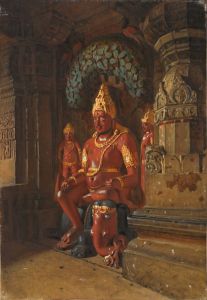
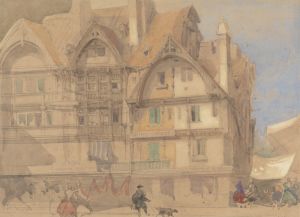
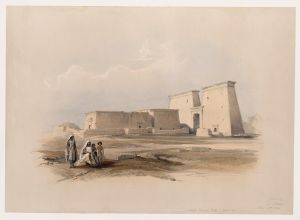
![Excavated Temple of Gyrshe [Gerf Hussein], Nubia.](/imgs/217480/s/david-roberts-excavated-temple-of-gyrshe-gerf-hussein-nubia-fb4767b0.jpg)
![Excavated temples of Aboosimble [Abû Sunbul], Nubia.](/imgs/217481/s/david-roberts-excavated-temples-of-aboosimble-abu-sunbul-nubia-2ca5e7e8.jpg)
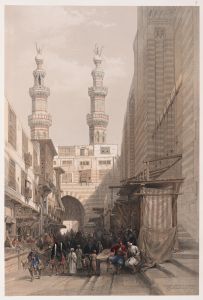
![Siout [Asyût]. Upper Egypt.](/imgs/217539/s/david-roberts-siout-asyut-upper-egypt-88ace28b.jpg)
